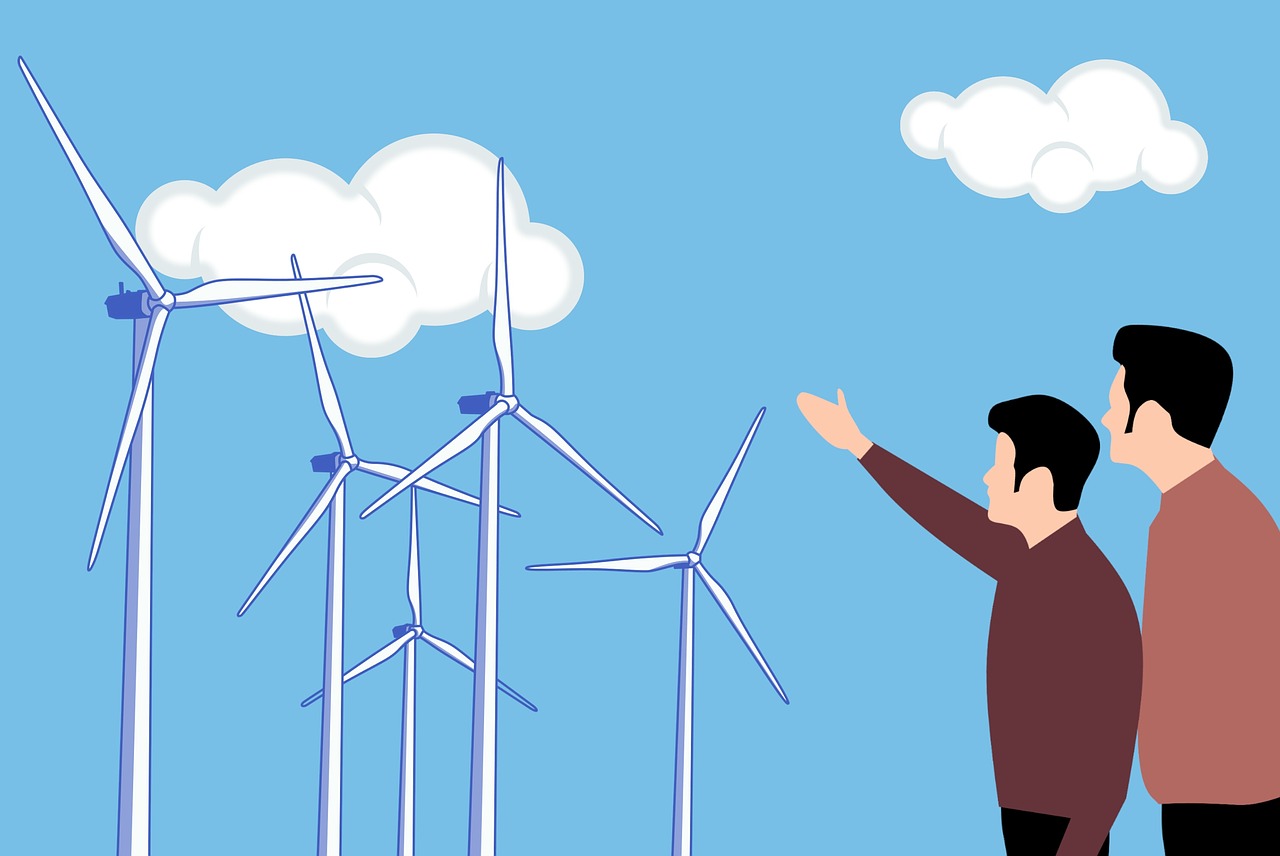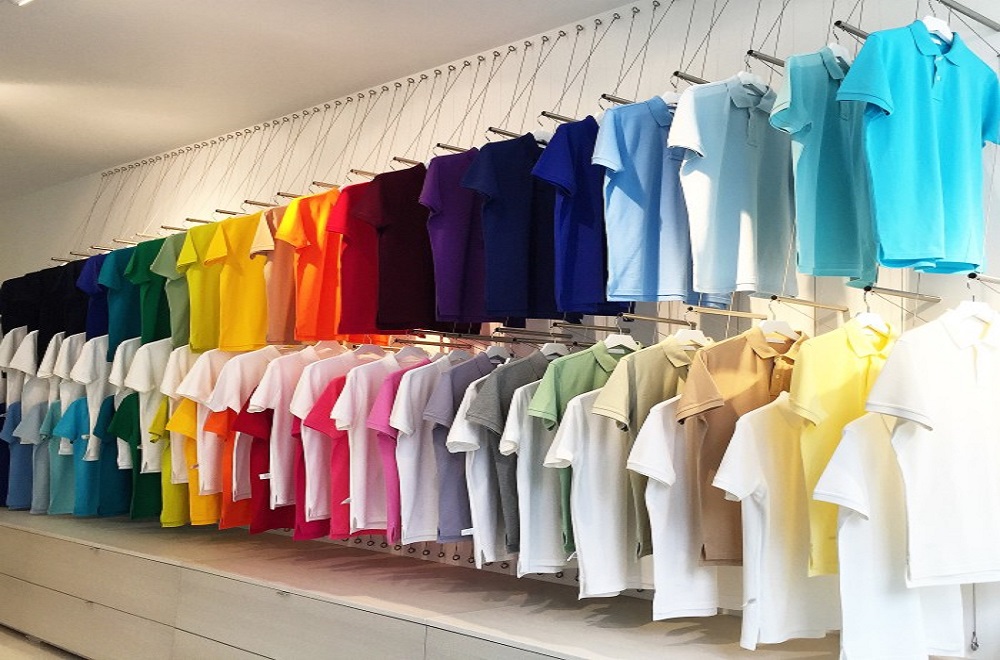Thinking of remodeling your dining room or bathroom? Want your brand new home to be designed? In any case, now is an excellent time to invest in energy-saving plumbing fixtures and appliances. Modern and reliable plumbing will help you save your energy and water bills.
Why should you go for energy efficiency?
If you're remodeling, adding on, or starting from scratch, investing in energy-efficient plumbing can save you money in the long run. In comparison to the long-term energy and water savings, any extra costs for more efficient models are insignificant. New plumbing appliances and fixtures will relieve you of the worry about older models developing leaks or breaking down altogether, in addition to being cost-effective and environmentally friendly. The last thing you want is to have to fix or install defective plumbing in your newly remodeled kitchen or bathroom! Click this link here now
The average home's plumbing system uses much more water than is necessary. All the squandered water causes more contamination for city residents. It also entails unnecessarily high water bills.
How can you improve your plumbing's quality, reduce water waste, lower emissions, and save money? Here are the six straightforward options.
1. Purchase a modern low-flow toilet
After the 1990s, toilet water use regulations have become more stringent. Toilets today use a lot less water. In several U.S. states today, a toilet's GPF (gallons per flush) limit is 1.28. This preserves some 2 gallons per flush and even more for dual-flush toilets that use as little as 1 gallon.
2. Increase the thickness of your insulation
Insulating the pipes does more than just save them from freezing. Insulating the hot water supply pipes can also help to Get hvac installation san diego reduce heat loss as the water travels from the boiler to the faucet.
It also helps to stop the hot water in the pipe from cooling too far between uses. As a result, when you turn on the faucet, the water will be less cold, and you will spend less time waiting for it to heat up.
3. Add aerators to your faucets
One of the problems with early fluid faucets was that they did so to the detriment of water pressure, although they were effective in minimizing water supplies. Consumers grew to despise them as a result of this predetermined outcome.
And those who enjoy them take longer to complete the tasks they use the faucet for. New faucet aerators, on the other hand, minimize water consumption while maintaining high pressure.
4. Consider purchasing a tankless water heater
A typical water heater has a tank that contains forty gallons or more of water, which it maintains at a set temperature (usually just below 120 degrees F). The power used to keep the water hot is lost when you're asleep, at work, or at some other time when you're not using it.
A tankless water heater heats water instantly by moving it through coils on its way to the hot-water supply line in your home, saving the bulk of the energy used in the process. Then will also reduce the overall costs.
5. Collect gray water for usage
Gray water in your home does not have to go directly to the drain. If you shouldn't use it for bathing, drinking, or any other household tasks, you can use it to water your garden outside on your farm.
Gray water collection kits are now affordable, and it's becoming a very successful home improvement project, even in areas with a lot of rain. Recycling greywater for use in irrigation systems can save money, particularly for homeowners who use city water.
6. Use PEX instead of pipes
The supply of hot and cold water is one aspect of plumbing system efficiency. Another problem is wastewater management. The third area of concern is repair and upkeep.
Copper, PVC, and CPVC pipes are used in most homes today. Although these materials are perfectly appropriate, the PEX plumbing material, which was recently introduced, is much simpler to work with and less vulnerable to injury. When restitutions are necessary, the replacement of the existing plumbing system with PEX would gradually improve the total performance of your system.
Summing it up
Plumbing is rarely at the top of the agenda in terms of reducing your carbon footprint and lowering your use of electricity. It makes sense to update your fixtures for water conservation, and reduce your power usage. Remember, upgrades that save water and preserve heat would lower your energy bill while also being healthier for the environment.









